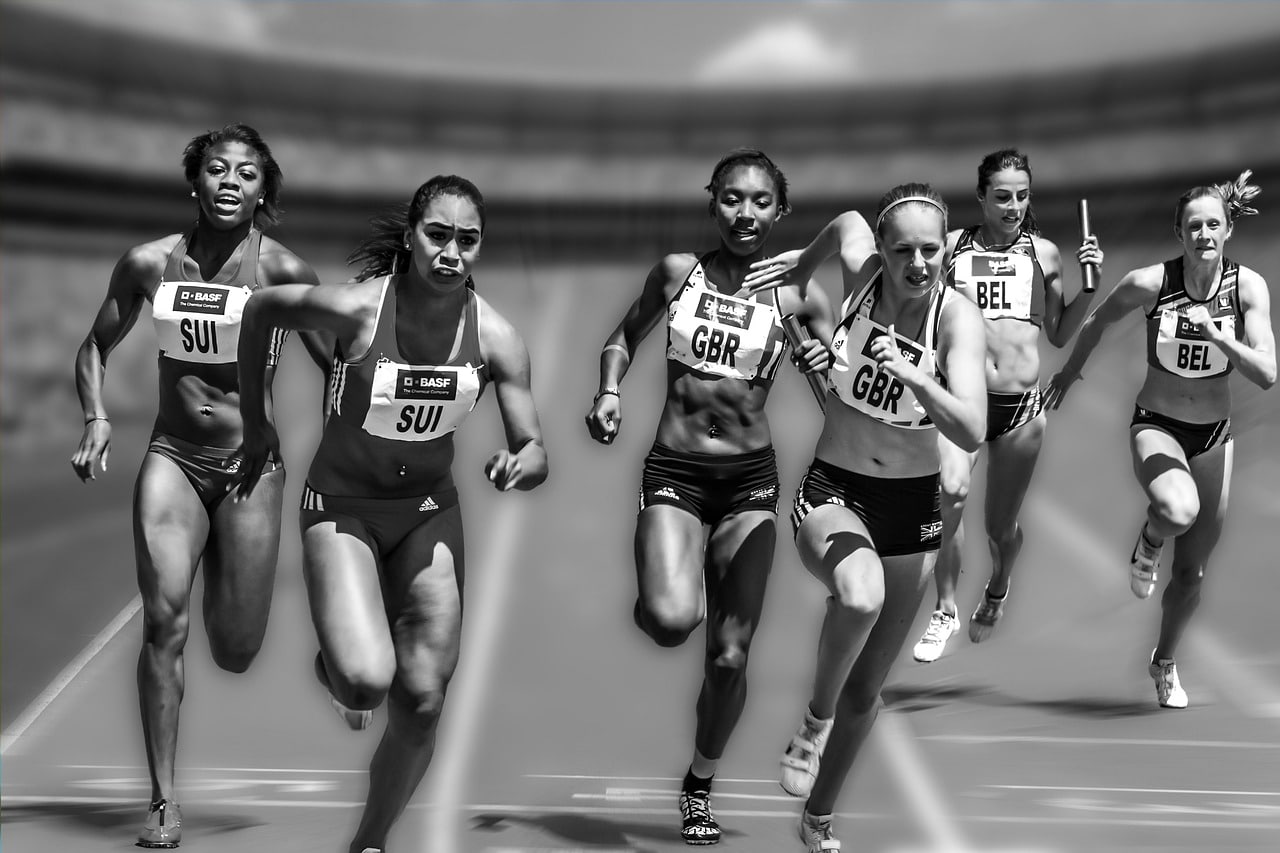In the realm of popular culture and literature, sports holds a significant place. It’s not just about the game of baseball or football, nor is it limited to the prowess of athletes. It’s about the history, the stories, the cultural nuances, and the people behind the sports. For you, sports aficionados, and scholars alike, we delve into the rich history of sports-related literature and its impact on popular culture.
The Genesis of Sports in Literature
Historically, literature has been an exceptional window into different cultures and the human experience. Sports, with its unique ability to unify and divide, has often been a topic of interest.
En parallèle : How can sports organizations promote sustainability in sports tourism and travel?
The coupling of sports with literature dates back to ancient civilizations. The Greeks, known for the Olympic Games, documented their athletic endeavors in poetry and prose. In England, sports started appearing in literature during the Middle Ages, with ball games being described in the epic “A Song of Roland” and in the works of Geoffrey Chaucer.
In America, sports gained popularity in literature during the 19th century. Early American authors like Walt Whitman and Mark Twain used baseball and football to symbolize American values of fairness, teamwork, and competition.
A lire également : How do athletes use sports science to optimize their recovery during tournaments?
Sports and literature took a scholarly turn in the 20th century. Universities started offering courses in sports literature, analyzing the cultural, social, and historical implications of sports. Some of the most popular sports-related literature, such as “The Great Gatsby” and “The Old Man and the Sea”, are still studied today because of their profound insights into human nature and society.
Sports Literature and Popular Culture
Sports literature has influenced popular culture and shaped societal perceptions of sports. It became a cultural phenomenon, representing the struggles and triumphs of athletes and the people around them.
Baseball, nicknamed “America’s pastime”, is perhaps the sport most deeply ingrained in American literature and popular culture. From the classic “Casey at the Bat” poem to contemporary novels like “The Art of Fielding”, baseball literature has captured the American spirit. It has also been utilized as a metaphor for life, depicting themes of hope, struggle, and the pursuit of the American dream.
But it’s not just about the games or the athletes. Sports literature often delves into the cultural and social issues surrounding sports. Works like “Friday Night Lights” and “The Blind Side” explore issues like race, class, and education in the context of sports. Such literature has changed the way people think about sports, making it a platform for social commentary.
The Digital Era of Sports Literature
The digital age heralded a new era for sports literature, making it more accessible and diverse. Today, sports literature extends beyond traditional books and magazines to online articles, blogs, and social media.
Google, with its vast information reserves, has made it easier for people to access sports literature. From historical accounts to player profiles, Google provides a wealth of sports-related content that can be accessed with a simple search.
Crossref, an online citation-indexing service, has revolutionized academic research in sports literature. Scholars can now easily retrieve sources and references, making research more efficient and comprehensive.
The digital era has also enabled fans and athletes to create their own sports literature. Athletes often share their stories and perspectives on social media, giving fans a personal and intimate look into the world of sports. Fans, on the other hand, have platforms to express their views and engage in discussions about sports. This interactive and dynamic nature of digital sports literature has strengthened the connection between sports and its followers.
The Future of Sports Literature
As we look to the future, sports literature continues to evolve and adapt to the changing times. With the global reach of the internet, sports literature now transcends national boundaries, bringing different cultures together.
The diversity in sports literature is also increasing, with more stories about female athletes and sports from non-western cultures being told. This enrichment of sports literature not only broadens our understanding of sports but also promotes inclusivity and equality.
Moreover, the intersection of technology and sports literature offers exciting possibilities. Virtual reality, for example, could potentially allow readers to experience the sports events described in literature, enhancing their engagement and understanding.
As we continue to explore the fascinating world of sports literature, remember that it’s not just about the scores or the victories. It’s about the stories, the culture, and the people that make sports such an integral part of our lives.
The Role of Sports Literature in Academia
The scholarly significance of sports literature cannot be overstated. The ability of this genre to encapsulate socio-cultural realities makes it a vital area of study for university students and researchers alike. As the 20th century progressed, the academic world recognized the value of sports literature, using it as a tool to delve into deeper, multifaceted aspects of culture and society.
Sports literature courses now form an integral part of the curriculum in many universities across the globe. These courses analyze the portrayal of sports in literature, the cultural narratives it weaves, and its impact on popular culture. They allow students to study the intersection of sports, media, sociology, and history in a unique, engaging way.
The journal of sport history and other scholarly publications frequently publish research articles analyzing sports literature. Tools like Google Scholar and CrossRef have simplified academic research, providing a plethora of resources at the fingertips of scholars. Today, you can find numerous articles analyzing sports literature from various angles, be it the sociological impact of a football game or the portrayal of the working class in a baseball novel.
University presses often publish books dedicated to the study of sports in literature. These books provide a comprehensive view of the field, making them valuable resources for students, researchers, and sports enthusiasts alike.
Impact of Sports Literature on Young People
Sports literature has a profound impact on young people, shaping their perceptions and attitudes towards sports and culture. It plays a significant role in the way they understand and interact with the sports world.
The genre appeals to the young for its ability to capture the thrill, excitement, and tension of sports. Stories of triumph, failure, teamwork, and individual prowess resonate with them, often inspiring them to engage in sports.
Furthermore, sports literature exposes young readers to various social and cultural issues, fostering a sense of empathy and awareness. For example, a young reader of “The Blind Side” learns about the challenges faced by athletes from disadvantaged backgrounds, leading to a broader understanding of socio-economic realities.
With the advent of digital platforms, sports literature has become more accessible to young people. They can read sports articles on the internet, follow their favorite athletes on social media, and even write their own sports blogs. This exposure to diverse sports narratives helps them develop a nuanced understanding of the world.
Sports Literature: A Mirror of Our Times
In conclusion, sports literature is more than the recounting of a baseball or football game. It is a reflection of society, capturing cultural nuances, historical developments, and human experiences. From the Olympic Games of ancient Greece to the Cold War tensions reflected in sports media, it provides rich insights into different eras.
The genre has evolved tremendously over the centuries, and today it is a vast field that encompasses various mediums and themes. The digital era has made sports literature more accessible and interactive, while also broadening its scope.
As we move forward, sports literature continues to adapt and grow. It is becoming more inclusive, with stories from diverse cultures and perspectives. It is also embracing technological advances, offering new ways for readers to engage with sports narratives.
Through all these changes, one thing remains constant: the power of sports literature to captivate, inform, and inspire. It is a testament to the enduring appeal of sports and their integral role in our lives.











